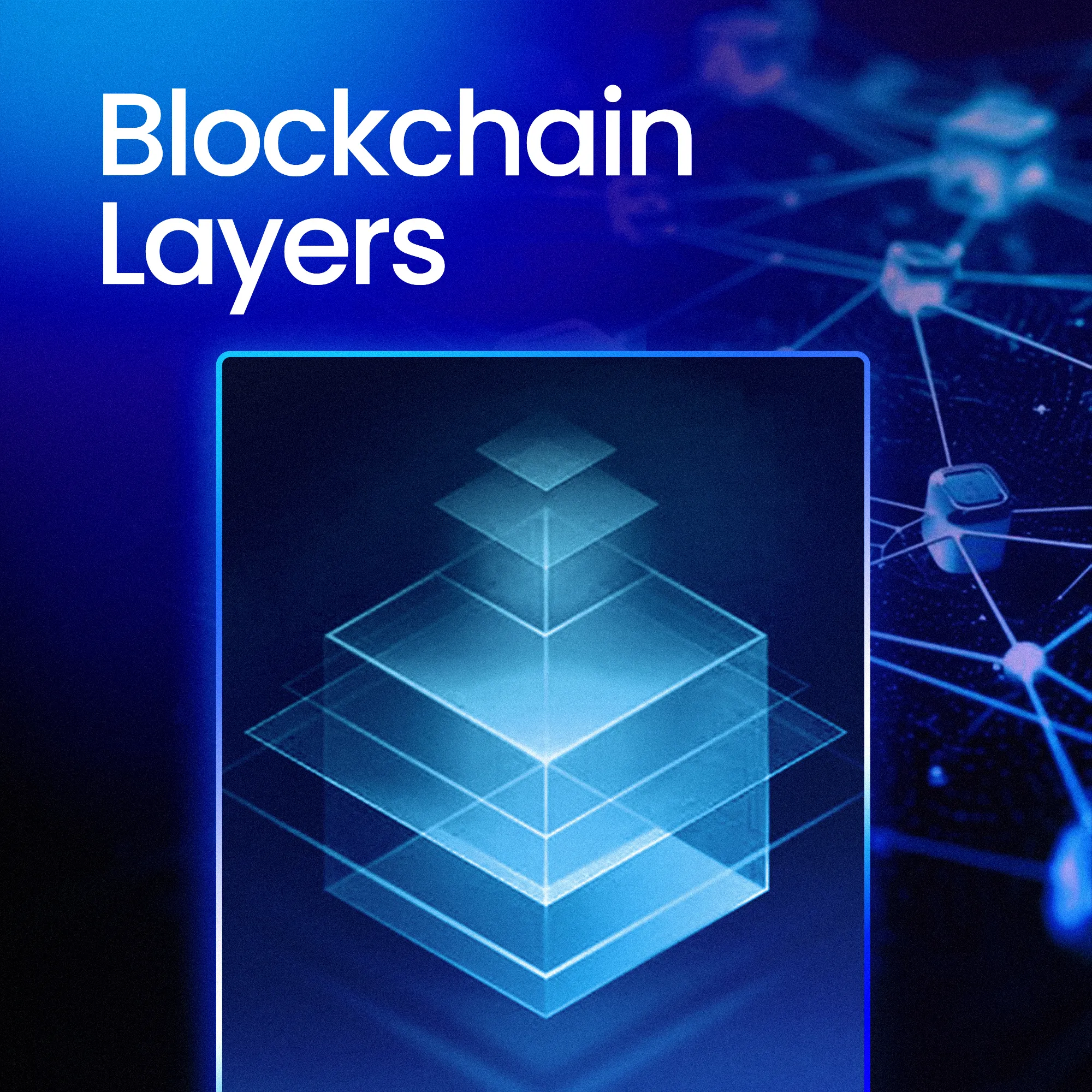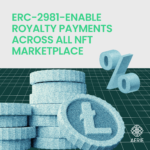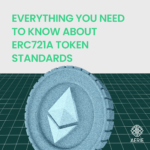Blockchain Architecture Layers: A Simplified Overview

We totally get it — not everyone’s itching to understand the technical nitty-gritty of blockchain. But for the passionately curious among you, we’ve got your back! Let’s dive deep into the techie stuff today. We promise to keep things as light and breezy as a summer afternoon.
Okay, since Layer 1 and Layer 2 is something you hear the most when talking about blockchain layers, we’ll tackle that head-on before breezing through the rest. Ready? Let’s go!
Layer 1 and Layer 2 Explained
Layer 1 Blockchains: Think of these as the OGs of the blockchain world. They’re the primary chains, like our pals Ethereum and Bitcoin. They’ve got all the foundational elements, but sometimes, they might struggle with keeping up as they grow.
Layer 2 Blockchains: Enter the superheroes of scalability. These L2s amplify the strengths of L1s by speeding things up and being light on the pocket, especially when it comes to gas fees. They lean on L1s for security and foundational operations, and often come up with ingenious ways to scale, like side chains and rollups.
As we move forward, we’ll explore these topics in greater detail, not forgetting Layer 0 and Layer 3! For the moment, consider this a brief introduction.
The Blockchain Layers
Blockchains, regardless of their type, come with a multi-layered architecture. Let’s unwrap these layers:
Application Layer: The Application layer in blockchain serves as the foundation for app development. Wallets, DeFi apps, NFT platforms, lending platforms, staking services — they’re all hanging out here. While the front-end interface might resemble any typical app, what sets them apart is the decentralized data storage system underpinning them.
Consensus Layer: Ever wonder how everyone in the blockchain network agrees on things? That’s the magic of this layer. It sets the rules of the game and decides how blocks are mined and processed.
Network Layer: Here’s where all the nodes communicate with each other. These nodes form the backbone, ensuring all pieces of the blockchain puzzle fit together seamlessly.
Data Layer: This is the keeper of information, focusing on storing data safely and structuring it. It’s home to the blockchain sequence and ensures data remains confidential.
Hardware/Infrastructure Layer: The unsung heroes — miners, validators, storage solutions — all live here, providing essential resources to keep the blockchain running smoothly.
And why do we need these layers?
Think of blockchain as a multi-layered cake. Each layer of the cake represents a distinct part of the blockchain. Just like a cake has its base, creamy filling, and a decorative top, each part of the blockchain has its own role. The base layer might handle the fundamentals, the creamy filling can add extra features and enhancements, and the decorative top can be the user-facing applications.
Even though each layer is different, they come together to make the whole cake — or in this case, the entire blockchain system. Just as every bite of the cake gives you a bit of each layer, in blockchain, all these layers work in harmony to deliver a seamless experience. And just like a cake, it’s the combination of all these layers that make it so delightful!
So, in the grand scheme of things, layers in the blockchain makes everything organized, efficient, and adaptable.
More on Blockchain Layers
Blockchain isn’t that hard to understand when we break it down. Each layer has its unique role, ensuring the entire system works like a well-oiled machine. Stay tuned, because we’ll be diving deeper into these layers in future posts. Until then, happy blockchaining!









